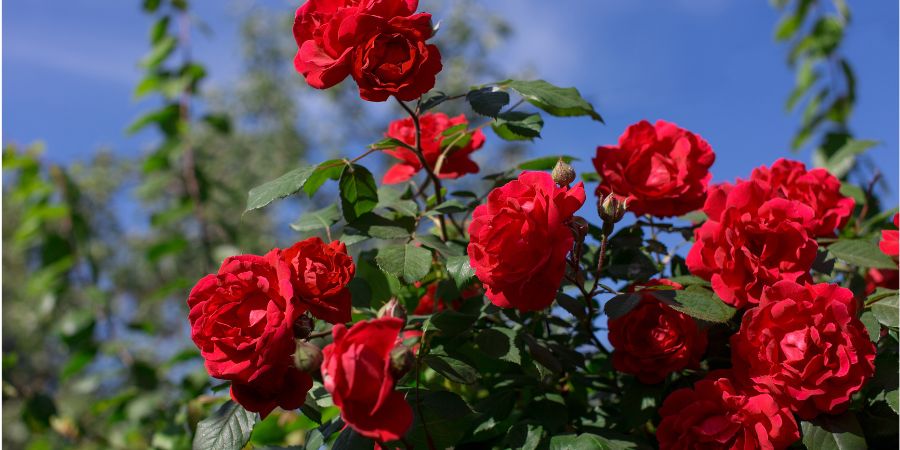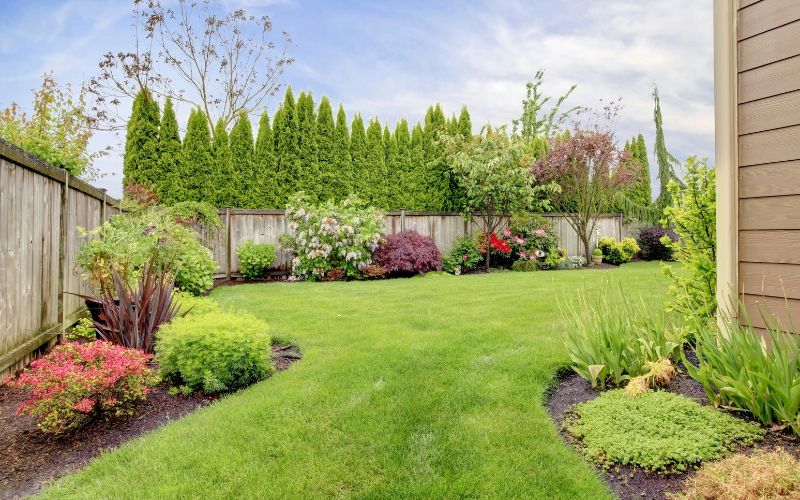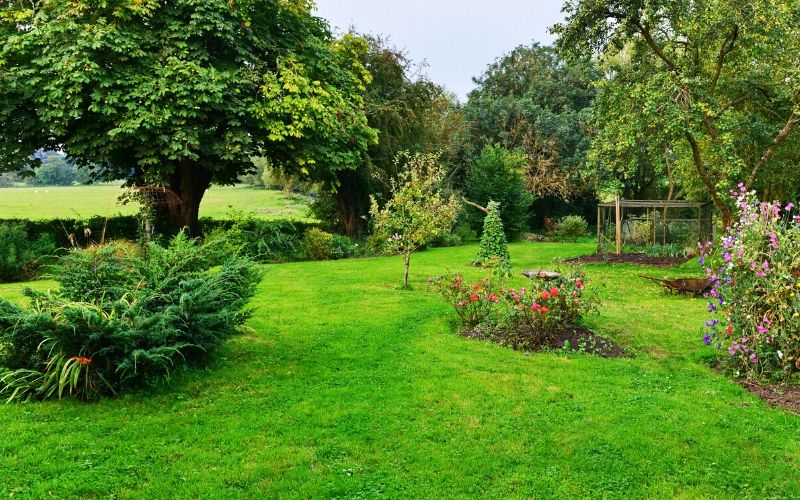Roses and Daylilies

Roses
Roses are one of the most popular home flowers. They offer a wide variety of color and texture to the landscape. Colors range from white to yellow, reds, pinks, and dark variations of each with sizes from the tiny tea rose to large, 5-inch versions. Plant sizes range from miniatures to large shrubs. One thing they all have in common is that you only receive what you give as far as care.
Apply 1/2 cup of Milorganite® per bush in the spring and mid-summer
Milorganite does not burn sensitive roots of roses, and nutrients release as the plant needs it. Mix ½ cup Milorganite into the top layer of soil when planting new bushes. Fertilize according to directions supplied from your nursery or rose supplier. Because of the diversity of rose plant types available, follow specific instructions as to each specific variety and plant type.
- Purchase vigorous plants
- Plant roses in an area that receives at least 6-hours sunlight each day
- Set plants in well-prepared beds
- Water weekly unless rainfall equals at least 1-inch
- Cut flowers from plant without damaging the main parts of the plant
- Prune as needed to remove dead or damaged wood
- Control pests
- Protect from winter injury
- Prune dead flowers to encourage repeat blooming
Contact your local County Horticultural Extension agent or the American Rose Society for more information.
Daylilies
Daylilies are fast becoming one of the more common perennial garden plants grown. Due to the rainbow of colors and flower styles, they can be used in many places in the home landscape. With each flower lasting for only one day, these plants need to be nurtured to provide season-long color.
Apply 1/2 cup of Milorganite per plant in the early spring, late summer, and late fall
Milorganite and its slow release nitrogen is well suited for these plants, which demand season-long nutrition. Milorganite’s non-burning formulation will not harm roots. Mix 1/2 cup of Milorganite into the soil around each mature daylily plant. Apply in the early spring, late summer, and late fall.
- Daylilies require at least six hours of sunlight each day. Shaded plants will bloom poorly or not at all. Dark flowered varieties tend to need more shade while light colored varieties tend to need more sun to fully develop their color.
- Plant daylilies at optimal times for your location. In the deep South, this is early spring or fall. In Northern climates, plant before hot summer months or in the early fall so plants can store energy for the winter.
- Divide vigorous plants every four to five years. Cut into several pieces with a sharp knife or similar tool. Cut the leaves back to about 6-inches.
- Daylilies can grow in just about any soil type, preferring those with high organic matter. Make sure the soil or planting location is well drained. Mulch plants to help retain moisture and keep roots cool.
- Plant daylilies where tree roots will not rob them of necessary moisture. Plant them about as deep as they grew originally. Do not plant the crown more than 1-inch below the soil surface. Space 18-24 inches apart.
- If natural rainfall is less than 1-inch per week, water plants. Hot summer weather will increase the need for water. Soak to a depth of 6-10 inches.
Check with your local nursery or County Horticultural Extension agent for varieties that are suited for you location.
Garden Articles

Rose Growing 101: Essential Tips for Cultivating Roses
By Joe Lamp’l
Gardening Expert and Host of Growing a Greener World®
Garden Videos
Related Garden Tips

Fruit and Vegetable Application Rates
Learn how much Milorganite to apply to your fruits and vegetables.






